We need to talk about Eric. In Jennifer Packer’s portrait of her friend and fellow artist, Eric N. Mack sits on a yellow chair that might have been borrowed from Van Gogh’s bedroom. He’s wearing excellent odd socks, one pink to rhyme with his shoes, the other yellow matching his trousers and chair.
But it’s Eric’s face that’s most compelling. Like the ‘Mona Lisa’, Eric’s expression is inscrutable. He might be thinking about what’s for tea, the crisis in pictorial representation or, quite likely, nodding off. This enigmatic quality is intentional. ‘When I painted Eric, I wanted accuracy, but I also wanted to privilege his subjectivity and privacy,’ says Packer.
But doing that is a tricky thing for a painter to attempt. How do you confer privacy on your sitter when you’re revealing them warts and all? Packer’s principled reticence about her sitters is an especially odd and valuable impulse in the 21st century when everything and everyone is an object of consumption. Art is part of this rapacious age, turning subjects into a mere feast for the eyes. Packer doesn’t roll that way: she gives her subjects the dignity of privacy. They refuse the all-consuming gaze. The show is called The Eye is not Satisfied with Seeing and Packer is not in the business of giving us only what we want.
That said, this show is the most pleasurable painting exhibition I’ve seen in ages. Thank you, Jennifer Packer, for bringing to a rain-lashed London July a 3 x 4.38m vision of proper summer. On a vast, lemon-sunny canvas, a man lies stupefied on a couch in an apartment. It’s too damned hot. He has a towel across his otherwise bare body and the fan is working overtime. But then I read the title — ‘Blessed Are Those Who Mourn (Breonna! Breonna!)’ (2020) — and the sun fell out of the sky. The title of the painting, commissioned for this show, refers to the killing by police of Breonna Taylor in March 2020 in her home in Louisville, Kentucky. The interior Packer depicts draws on photographs of the African-American woman’s home. There are saucepans, an iron, a potted plant — and bullets whirring overhead. I looked again at the black man on the couch, head thrown back and struggling for air. He can’t breathe and it ain’t just because of the weather.
And then there are the flowers. Packer tells that she saw some Fantin-Latour still lifes at New York’s Met and wondered how floral paintings could be more suggestive of humaneness than human portraits. Her own still lifes here — gorgeous, wilder than Fantin-Latour and supremely delicate — attempt to answer that question. One, called ‘Say Her Name’, is an exquisite funerary bouquet, painted to memorialise another African-American woman, Sandra Bland, who died in police custody in Texas in 2015.
If this all sounds pious, it isn’t: Packer is first and foremost a wonderful painter. I could write poems about what she does with bare legs, especially knees. True, as critic Christina Sharpe writes in the catalogue, the knees Packer paints in, say, ‘The Mind Is Its Own Place’ cannot be thought about without reference to Colin Kaepernick and the global movement he catalysed. But politics isn’t all: look at how those knees are modulated by Packer’s palette — charcoal blue, milk white, chestnut brown, blackish grey, smoke, grey, ash grey, pinkish mauve, dusty rose. I could have spent all day wandering these rooms, finding new and lovely things Packer does with paint; sadly social distancing means visitors are allowed only an hour before we’re directed to exit through the gift shop.
Further into Kensington Gardens, at Serpentine North Gallery, is a retrospective of the 92-year-old British-Ghanaian photographer James Barnor. His endearing photos of black and white couples on 1960s and ’70s London doorsteps seem, after Packer’s painting and Small Axe, Steve McQueen’s TV evisceration of British racism in the same era, utopian, Pollyanna-ish even. Racism is rarely explored in Barnor’s photographs, but it was there all right: British papers and magazines wouldn’t commission the Accra-born Barnor, who arrived in London in the late 1950s, to take pictures of white subjects.
Instead, as London swung, he got work photographing visiting black celebrities, as well as beautiful black models for Africa’s popular Drum magazine. Typical is his cover image from 1966 of Erlin Ibreck in a London street leaning against a Jaguar in geometric mini dress. It’s an enigmatic image, though not in the way Jennifer Packer’s are. What is Ibreck thinking? Why don’t any of the cover lines for the published image explain who she is or why she’s there? Women have been busted down to circulation-boosting adornment.
His pictures documenting his homeland before, during and after Ghana’s independence from Britain in 1957, are more straightforwardly joyful. I loved an image of a man in traditional costume blowing his clarinet jubilantly to the heavens, a vision of the African sublime nicely undercut by the prosaic bloke pushing a wheelbarrow on the right of the shot.
And despite being white and British, I felt kinship with two Ghanaian boys, Patrick Cenewry and Fred Swaniker, whom Barnor photographed sometime in the 1970s wearing floral shirts and matching ties. Right down to their surly expressions for the snapper, they echoed a picture of me and my brother outside Wells Cathedral in the same sartorially disastrous decade, florally synchronised by our mother.
I’ve often found the Serpentine’s annual temporary pavilion massively uninteresting, but this year’s is different. After lockdown, muses Sumayya Vally of Johannesburg-based practice Counterspace, we need more public spaces to help us become sociable anew, melting pots to bring us together again. He has created just such a model, taking his cues from mosques, bookshops, bars. A huge circular roof keeps out (most of) the rain from what lies beneath, a dizzying network of unwalled spaces to sit, cry, chat, listen to Eno’s ambient soundtrack and take in the greenery. It’s a post-lockdown support structure.
Sitting there, part of me thought the government should bin HS2 and commit to installing pavilions like this around Britain instead. That said, another part of me knows it would be minutes before such al fresco community centres became drug dens, dog toilets or both.
Got something to add? Join the discussion and comment below.
Get 10 issues for just $10
Subscribe to The Spectator Australia today for the next 10 magazine issues, plus full online access, for just $10.
You might disagree with half of it, but you’ll enjoy reading all of it. Try your first month for free, then just $2 a week for the remainder of your first year.

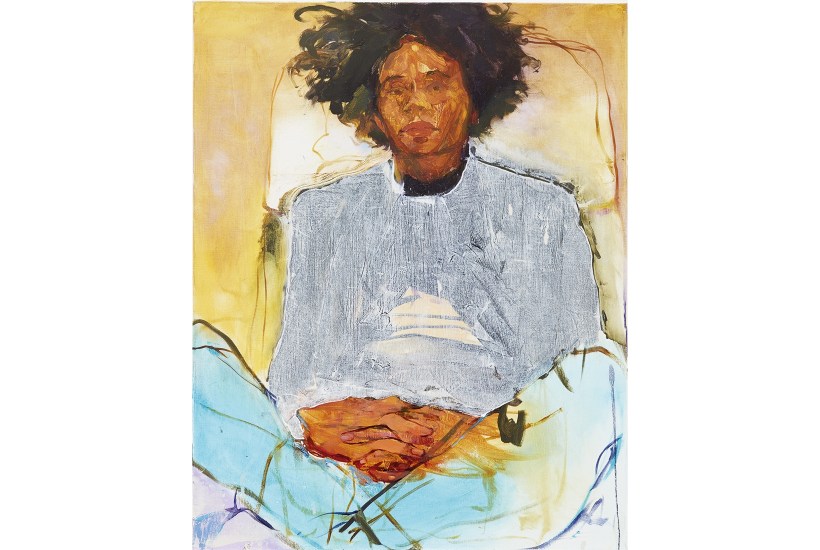
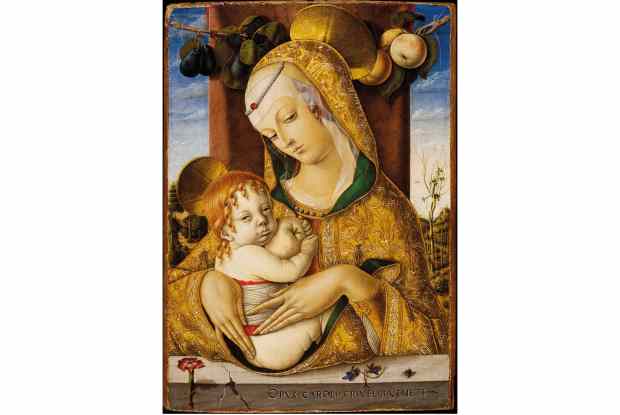
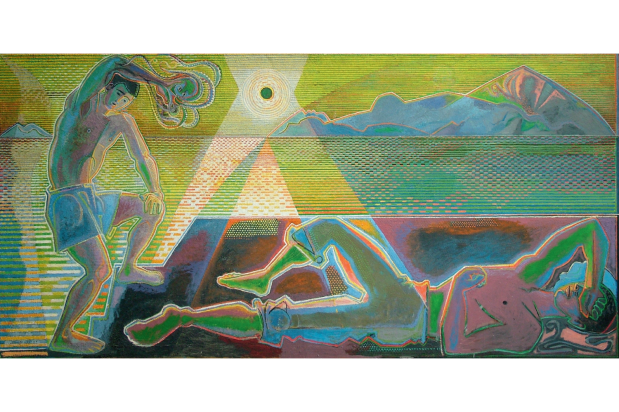

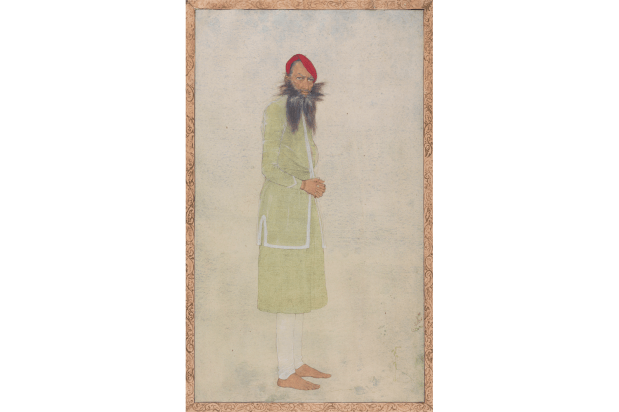
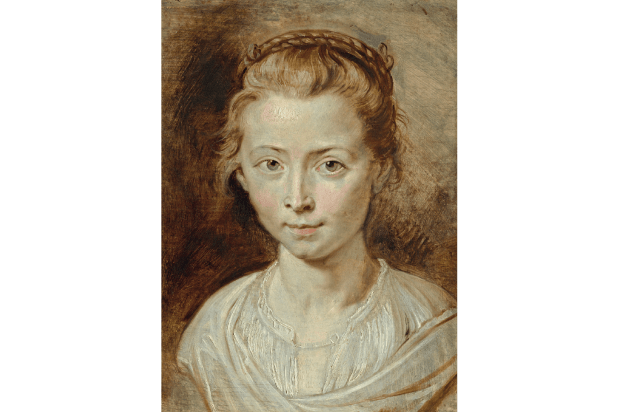
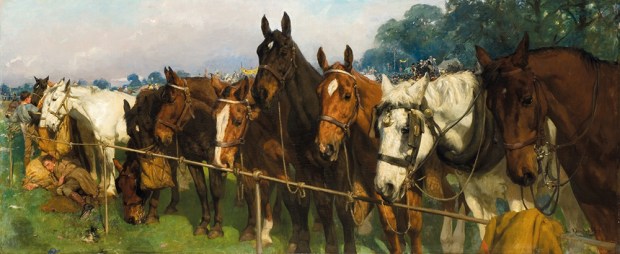






Comments
Don't miss out
Join the conversation with other Spectator Australia readers. Subscribe to leave a comment.
SUBSCRIBEAlready a subscriber? Log in